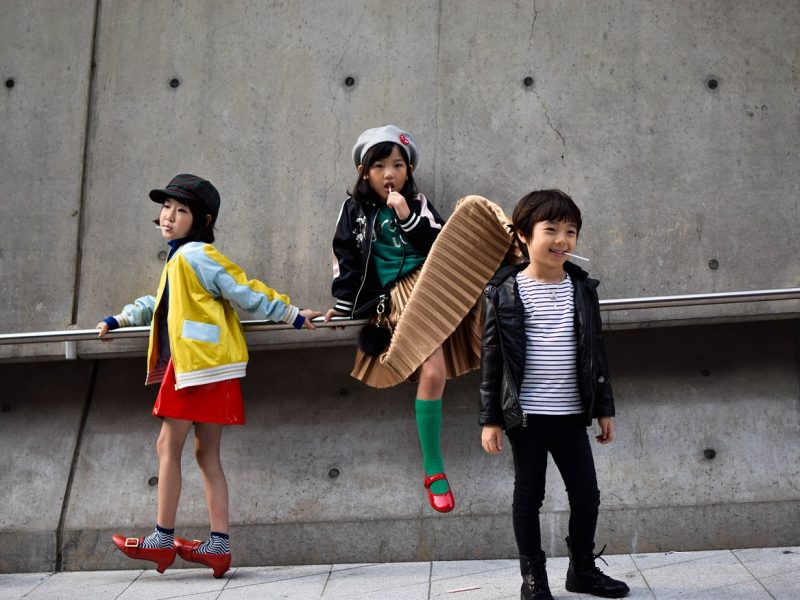
Lacing
The use of lacing made clothes fit snugger. In addition, the Industrial Revolution provided technical advances that enabled mass manufacturing.

Ancient
In the ancient Mesopotamian civilization, clothing was designed to show status, style, and spirituality. Get more information about ullklær barn .

Supply
In this century, the supply of materials and dyes increased for the lower classes. In the second half of the 19th century, Europe experienced economic prosperity.



